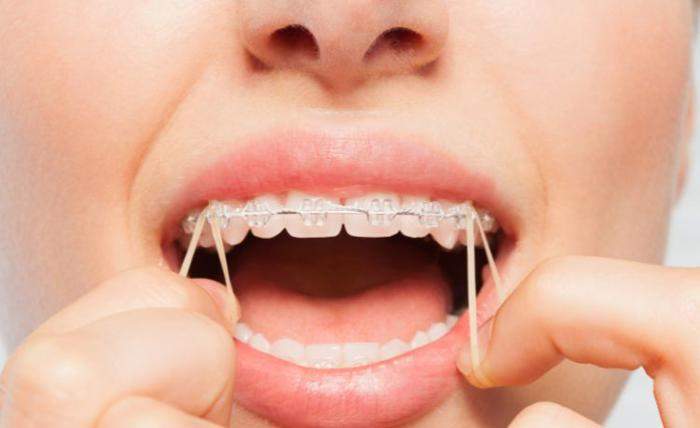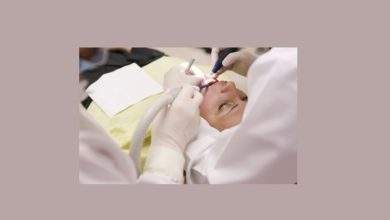
Orthodontic care isn’t just a rite of passage for teenagers anymore. Increasingly, adults are embracing the chance to reshape their smiles—whether they’re tackling shifting teeth, correcting their bite, or simply boosting confidence. But adult orthodontics isn’t without its quirks and challenges. Knowing the common issues adults face, what causes them, and how to handle them can make your journey smoother and your smile healthier in the long run.
Tooth Movement After Braces: The Relapse Reality
One of the biggest frustrations adults face is the dreaded orthodontic relapse—the slow drift of teeth back to their original spots after braces come off. It’s a silent process that can happen years later, often catching folks by surprise. Why? Because teeth are influenced by natural aging, changes in the jawbone, or simply skipping retainer wear.
Think about it: after all the trouble and expense of braces, who wouldn’t want to keep that perfect alignment? Not wearing your retainer as directed is usually the main culprit. Add in things like teeth grinding or wisdom teeth pushing their way in, and the problem intensifies.
Luckily, there’s plenty you can do. Whether it’s getting a fresh retainer, opting for a sleek touch-up with clear aligners like Invisalign Express, or staying diligent with checkups, you’ve got options to keep your smile on track.
Crowding and Spacing: When Teeth Take a Journey
Ever notice your teeth feeling a little more cramped or suddenly a bit gap-toothed? It’s common as adults because our jaws naturally remodel over time. Tooth loss or earlier orthodontic work without solid retention can leave space for trouble.
Beyond just looking uneven, crowding and spacing can make flossing a nightmare and up the risk of cavities or gum trouble. Treatments range from clear aligners and braces to more specialized techniques like interproximal reduction (IPR), which gently shaves enamel to create needed space. Missing teeth? Dental implants or bridges can be lifesavers to hold everything in place.
Bite Misalignment: More Than a Cosmetic Issue
A crooked bite can throw off more than just your smile’s symmetry. Overbite, underbite, crossbite, open bite—these misalignments often cause jaw strain, uneven tooth wear, and even headaches. If chewing feels uneven or your jaw clicks and pops, that’s a red flag.
Thankfully, orthodontics has you covered, whether through braces, aligners, or, in extreme cases, jaw surgery. The goal is always to restore harmony—to get that bite smooth and your jaw comfortable. And don’t forget the retainer, which keeps everything stable once corrected.
Gum and Bone Health: The Hidden Curveballs
For adults, gums and bone health can add complexity to orthodontic care. Periodontal disease and bone loss aren’t just dental buzzwords—they can slow down tooth movement, cause gum inflammation, and make teeth feel loose during treatment.
Before jumping into braces, a full periodontal exam is crucial. Your orthodontist and periodontist should team up to plan gentle, gradual tooth shifts that protect your oral tissues. It might take a bit longer, but it’s worth it for a healthy, lasting smile.
Discomfort and Sensitivity: When It Hurts to Move
Soreness after an adjustment? Totally normal. But persistent pain isn’t something to ignore. Tight new wires or aligners, gum irritation, or underlying cavities can cause discomfort.
Simple remedies like orthodontic wax, warm saltwater rinses, and mild pain relievers can soothe most issues. And if the ache hangs around, a quick chat with your orthodontist can fix adjustments or spot deeper problems.
TMJ Troubles: The Jaw’s Silent Language
The temporomandibular joint (TMJ) is your jaw’s hinge—and when your teeth aren’t aligned, it can scream in protest with pain, stiffness, or those annoying clicking sounds. Plus, TMJ issues sometimes send tension to your head and neck.
Orthodontic treatment often helps by adjusting your bite, but sometimes a night guard or physical therapy exercises become part of the solution. Listening to your jaw’s signals early can prevent long-term discomfort.
Aesthetic and Lifestyle Choices: Orthodontics on Your Terms
Adults want discreet, comfortable orthodontic care—and luckily, modern options deliver just that. Clear aligners like Invisalign, Spark, or ClearCorrect let you straighten without shouting “brace face.” Ceramic braces blend in, while lingual braces hide behind your teeth entirely. If you’re looking for something quick, short-term treatments targeting only front teeth are available too.
Long-Term Retention: Your Smile’s Lifelong Guardian
Getting your braces off is just the beginning. Without consistent retainer use, teeth love to wander again. The best advice? Wear your retainer as recommended, keep up yearly orthodontic visits, and practice impeccable oral hygiene. And maybe drop habits like chewing on nails or using your teeth as tools—it’s tougher on your smile than you think.
Final Thoughts
Adult orthodontic care is a powerful way to transform both function and confidence. While it demands patience and care, knowing what to expect and how to manage common concerns makes the journey rewarding. With steady retainer wear, good oral hygiene, and regular dental checkups, you’re investing not just in your smile’s look—but in a healthier mouth for life. Ready to start? Your confident, radiant smile is waiting.




